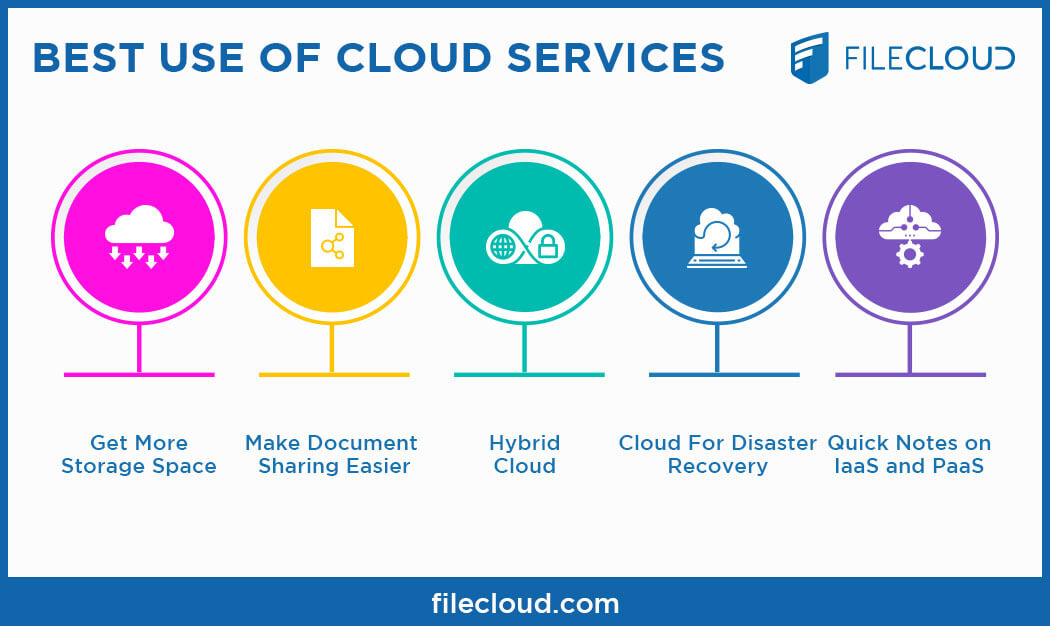Achieve Seamless Scalability With Cloud Solutions
In the ever-evolving landscape of cloud solutions, attaining smooth scalability stands as a foundation for modern-day organizations seeking to stay competitive and adaptable. The capability to easily broaden or acquire resources in action to altering needs is a crucial benefit in today's busy electronic setting. By grasping the art of scalable cloud solutions, organizations can not only maximize performance and enhance operations but also lead the way for future development and development. The pursuit for smooth scalability with cloud solutions unveils a globe of possibilities for those going to welcome the transformative power of dynamic resource management.
Advantages of Cloud Scalability
Cloud scalability supplies organizations the flexibility to dynamically change sources based on demand, making certain optimal efficiency and expense efficiency. Furthermore, cloud scalability promotes advancement and experimentation by permitting services to conveniently evaluate brand-new ideas and range them as needed. Inevitably, the advantages of cloud scalability extend past expense savings to encompass enhanced performance, agility, and innovation.
Secret Features for Scaling
Reliable scaling in cloud services counts on crucial functions that make it possible for companies to change sources dynamically based upon demand. One essential function for scaling is elasticity, allowing resources to scale up or down in feedback to changing workloads. This ensures that organizations can meet efficiency needs without over-provisioning resources. An additional vital function is scalability, making it possible for systems to handle raised work by adding resources effortlessly. This attribute is important for fitting development without jeopardizing performance. In addition, automation plays a vital function in scaling by automating the provisioning and de-provisioning of sources based upon predefined policies. Automation lowers human treatment, improves efficiency, and guarantees quick feedback to altering needs. Surveillance and analytics tools are likewise important for scaling, giving understandings into source application, efficiency metrics, and possible traffic jams. These tools enable companies to make enlightened decisions and enhance source allotment for reliable scaling. On the whole, these crucial attributes jointly empower organizations to achieve smooth scalability in cloud services.
Executing Auto-Scaling Techniques
To effectively enhance resource allocation and adapt to varying workloads, companies have to purposefully execute auto-scaling approaches in their cloud services framework. Auto-scaling permits systems to automatically change the variety of calculate sources based on real-time demand. There are different auto-scaling strategies that companies can use, such as predictive scaling, which makes use of historic information to forecast future source demands, and responsive scaling, which reacts to current workload adjustments.

Finest Practices for Scalability
For organizations aiming to enhance their scalability in cloud solutions, executing ideal methods is crucial for optimum performance and source management. One key best method is creating applications with a microservices architecture. This approach breaks down applications right into smaller sized, independent services that can be deployed, updated, and scaled independently, enabling better versatility and scalability.
An additional important method is using containerization modern technology, such as Docker or Kubernetes. Containers make it possible for the product packaging of applications and their reliances into separated systems, making it easier to scale check out this site parts individually and release them consistently across different settings.
In addition, implementing automated deployment and infrastructure as code (IaC) can enhance scalability efforts (linkdaddy cloud services). Automation tools like Terraform or Ansible help in provisioning and handling resources successfully, lowering manual errors and enabling quick scalability
Additionally, keeping track of performance metrics, establishing informs, and conducting regular capacity planning are vital practices to make certain positive scalability administration. By sticking to these ideal practices, companies can achieve seamless scalability in their cloud services while optimizing performance and source utilization.
Tracking Efficiency Metrics
When evaluating the effectiveness of cloud services scalability, very closely monitoring efficiency metrics is critical for guaranteeing optimal capability and resource allocation. By continuously tracking essential performance signs (KPIs) such as response times, source, latency, and throughput application, companies can acquire important understandings into the health and effectiveness of their cloud framework. Keeping an eye on performance metrics enables the early detection of potential traffic jams or problems that could influence scalability, allowing positive actions to be required to address them prior to they escalate.

Verdict
To conclude, achieving smooth scalability with cloud solutions is important for organizations to enhance performance, enhance advancement, and maintain high efficiency degrees throughout peak times. By leveraging the advantages of cloud scalability, carrying out auto-scaling approaches, utilizing essential attributes such as elasticity and automation, and complying with finest methods like application layout and performance monitoring, organizations can successfully scale their systems while maximizing source use and efficiency.
The quest for smooth scalability with cloud services reveals a globe of opportunities for those prepared to embrace the transformative power of vibrant source administration.
Cloud scalability offers organizations the versatility to dynamically change resources based on demand, guaranteeing optimal performance and cost performance. One more vital attribute is scalability, making it possible for systems to deal with increased work by adding sources flawlessly.For companies aiming to improve their scalability in cloud solutions, executing finest methods is vital for optimal performance and source management.When examining the performance of click this link cloud services scalability, very closely checking efficiency metrics is imperative for making sure optimum functionality and resource appropriation.